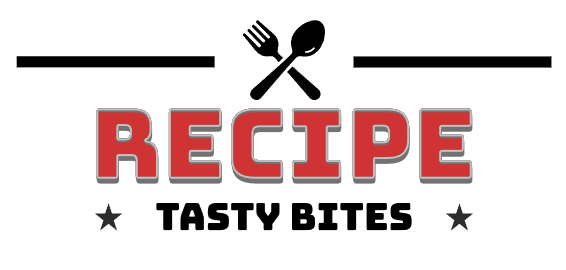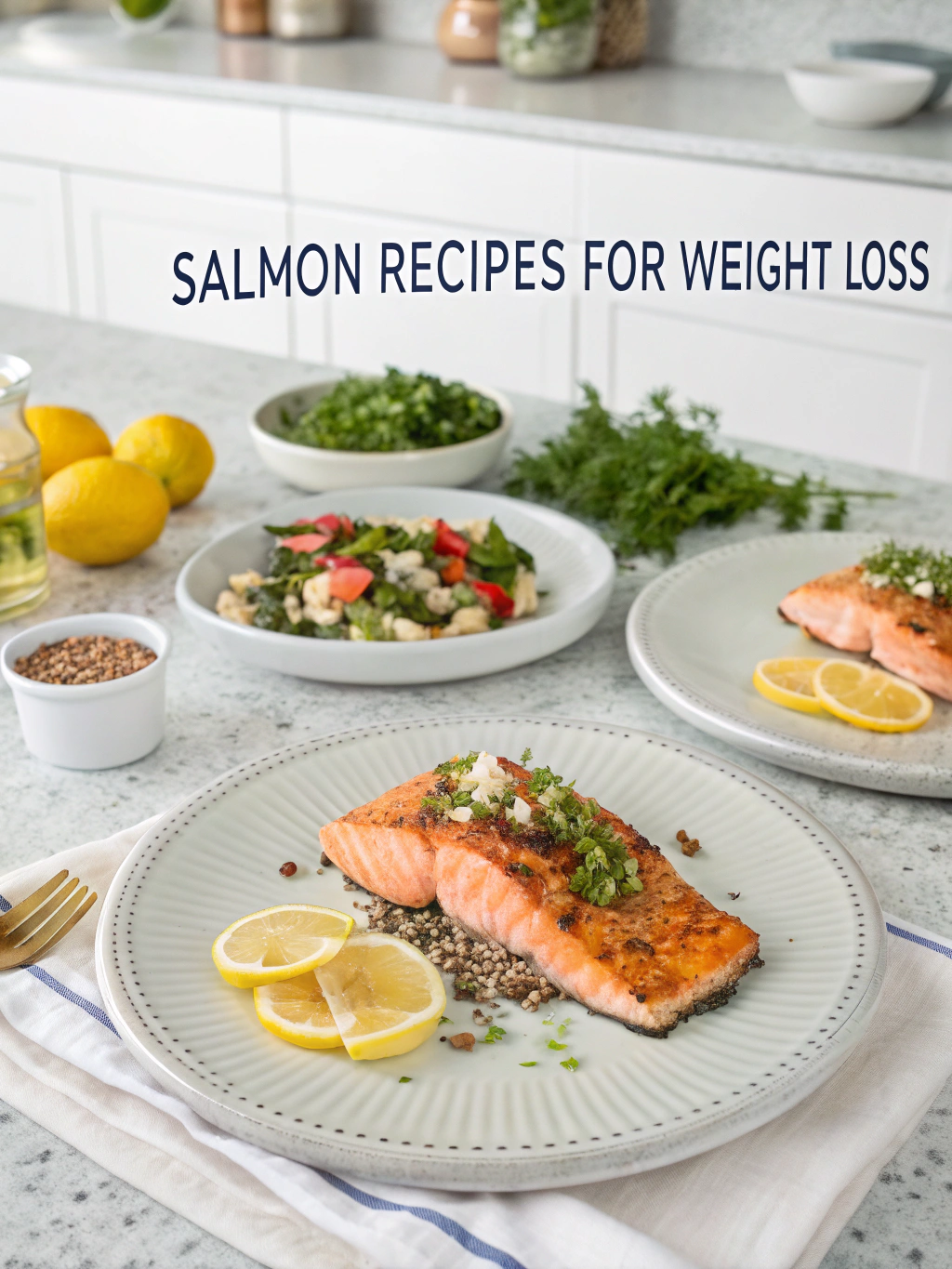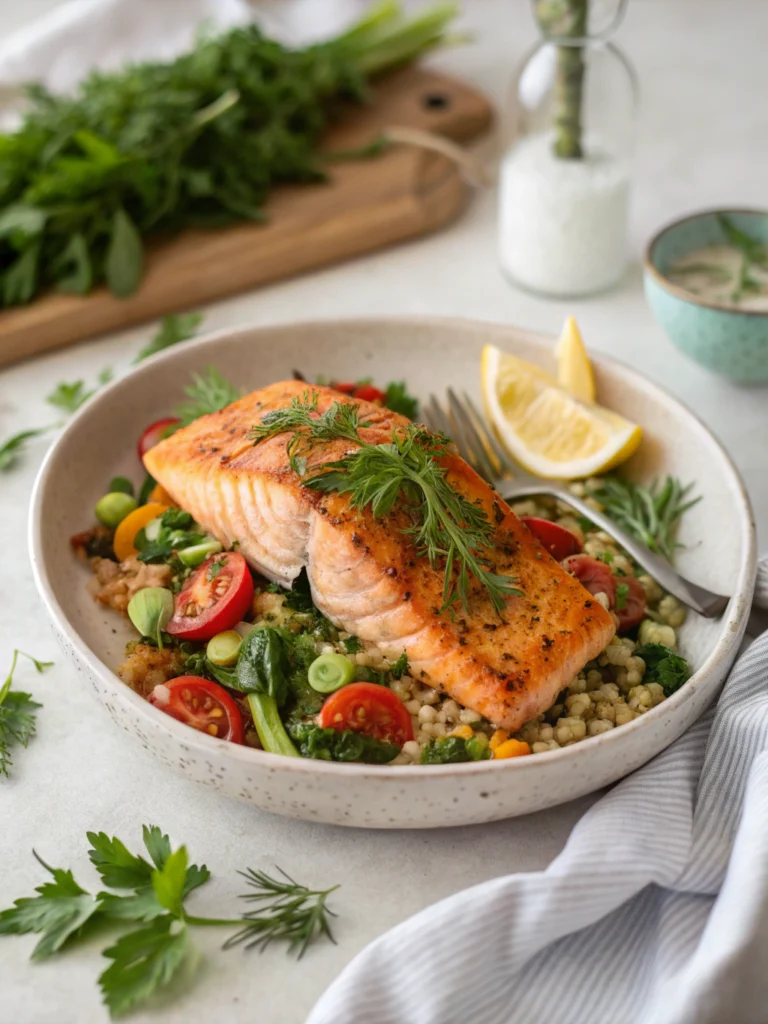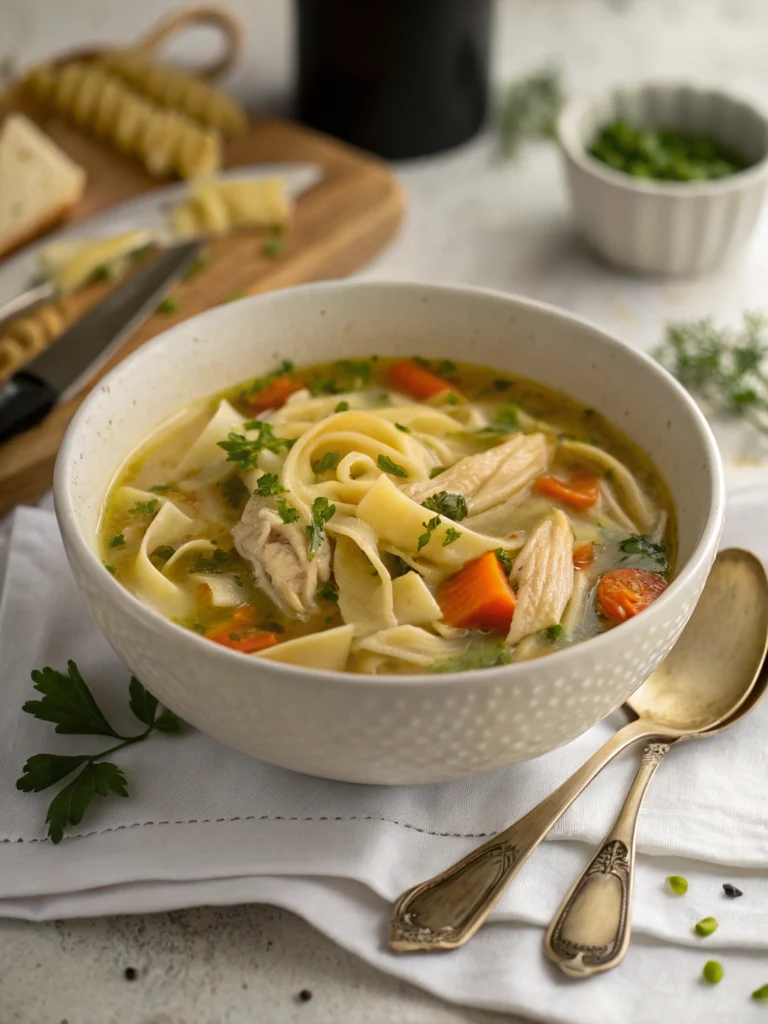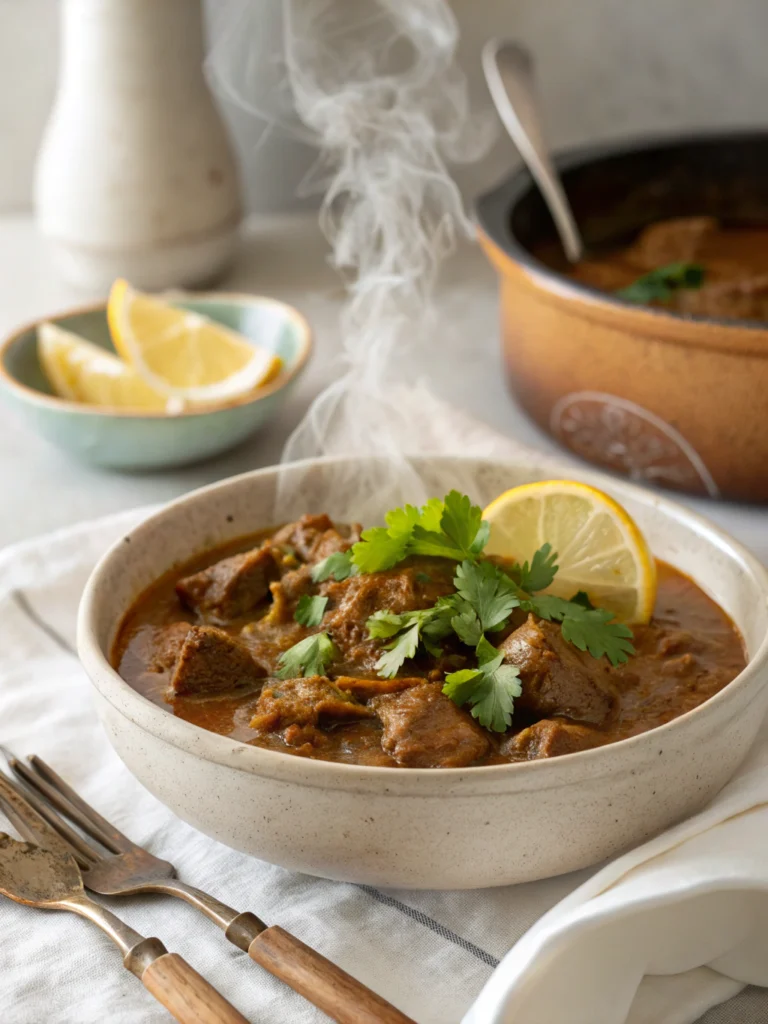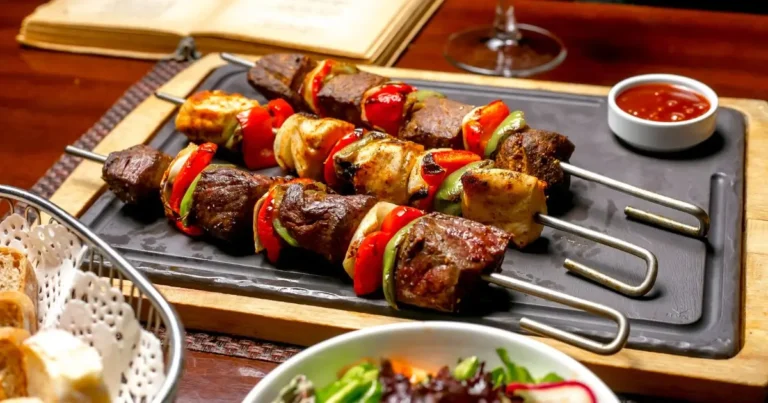Salmon Recipes for Weight Loss : 7 Healthy Dishes to Try
Table of Contents
Introduction
Struggling to lose weight but tired of bland, unsatisfying meals? You’re not alone. The good news is that delicious, nutrient-rich meals can support your weight loss goals—especially when they include salmon. Salmon recipes for weight loss are not only flavorful but also scientifically backed. A study published in the Journal of the American College of Nutrition revealed that individuals who ate salmon three times a week saw notable reductions in body weight and fat.
Why does salmon work so well? This powerhouse fish is loaded with high-quality protein to keep you full longer, omega-3 fatty acids to reduce inflammation, and essential nutrients that fuel your body. In this article, we’ll share seven delicious and simple salmon recipes for weight loss that prove healthy eating doesn’t have to be boring. Ready to transform your meals and your health? Let’s dive in.
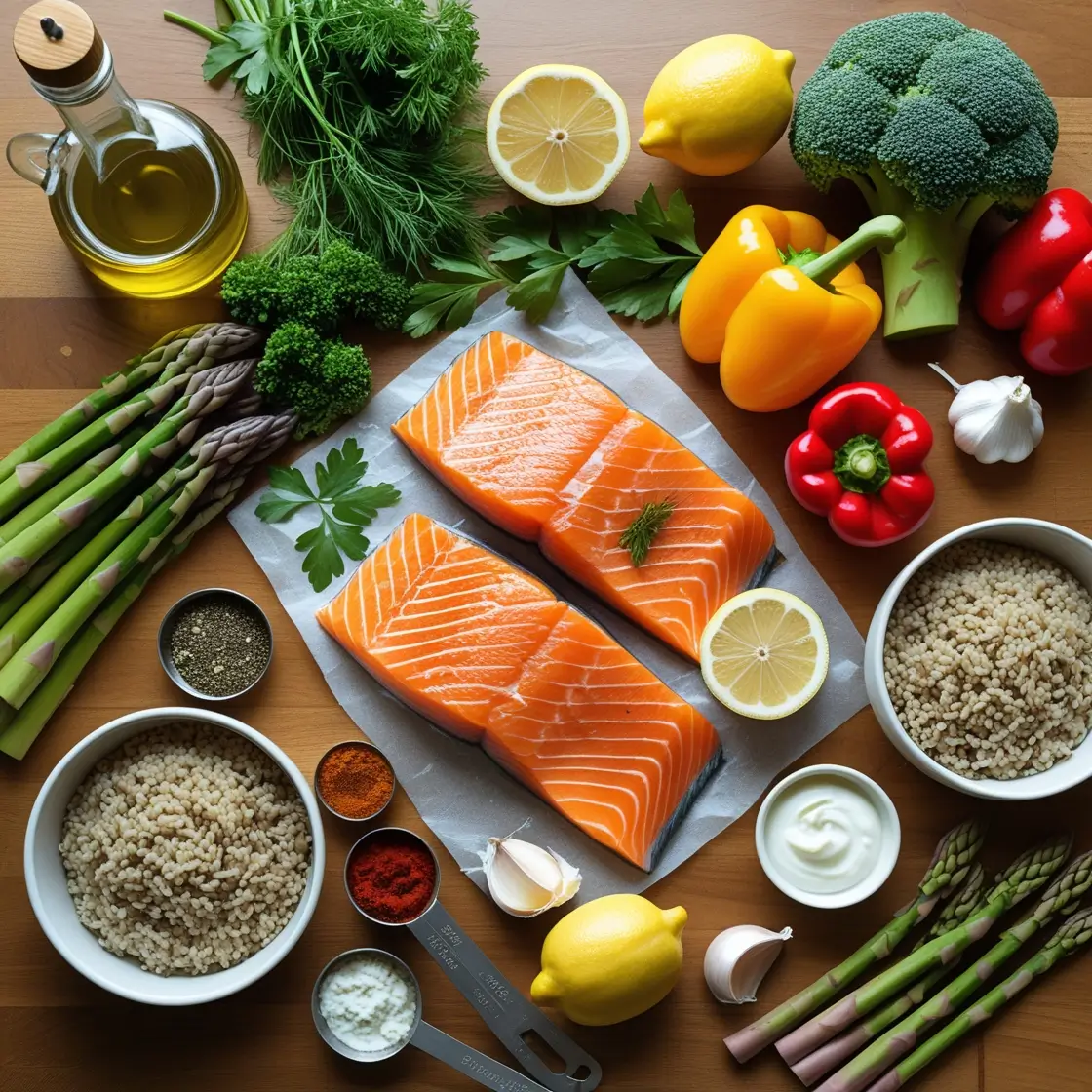
Ingredients List
To prepare these salmon recipes, you’ll need:
- Fresh salmon fillets or steaks
- Olive oil or avocado oil
- Garlic
- Lemon juice
- Herbs and spices (such as dill, parsley, paprika, and black pepper)
- Vegetables (like asparagus, broccoli, and bell peppers)
- Whole grains (such as quinoa, brown rice, or farro)
- Greek yogurt or low-fat sour cream (for topping)
For some recipes, you may also want to have on hand ingredients like Dijon mustard, honey, and breadcrumbs. Remember, you can easily swap in your preferred alternatives to cater to your dietary needs or taste preferences.
Timing
Preparing these salmon dishes is relatively quick and easy, with most recipes taking 30-45 minutes from start to finish. The total time includes both preparation and cooking, ensuring you can get a delicious, nutrient-dense meal on the table in under an hour. Some of the quicker options, like the Lemon Garlic Baked Salmon, can be ready in as little as 20 minutes – perfect for busy weeknights.
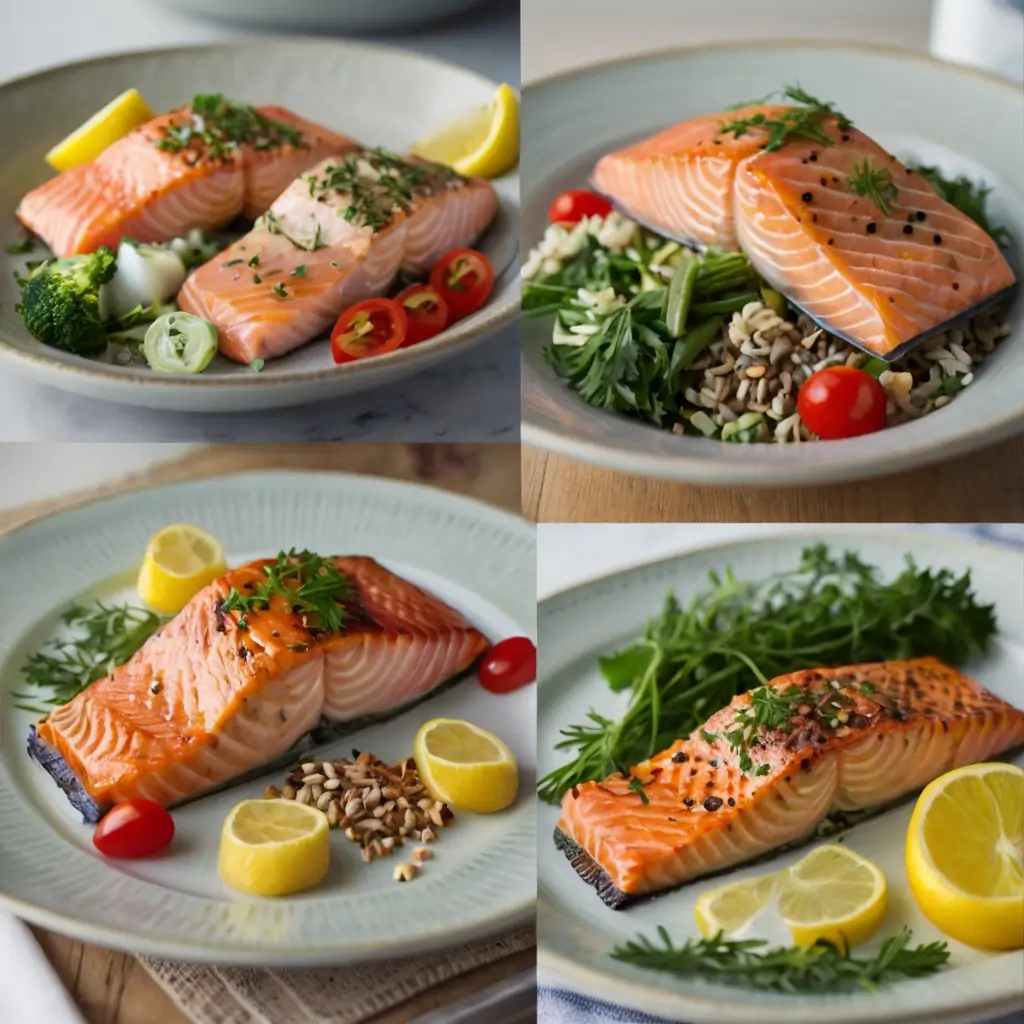
Step-by-Step Instructions
- Preheat your oven to 375°F (190°C).
- Season the salmon fillets or steaks with your desired herbs, spices, and a drizzle of olive oil or avocado oil.
- Arrange the seasoned salmon on a baking sheet lined with parchment paper.
- Bake the salmon for 15-20 minutes, or until it flakes easily with a fork.
- While the salmon is baking, prepare your side dishes, such as roasted vegetables or a quinoa salad.
- Once the salmon is cooked, remove it from the oven and serve immediately, topping with a dollop of Greek yogurt or low-fat sour cream if desired.
Nutritional Information
A 4-ounce serving of baked salmon contains approximately:
- Calories : 200
- Protein : 22 grams
- Fat : 12 grams
- Carbohydrates : 0 grams
- Fiber : 0 grams
- Omega-3 fatty acids : 2 grams
Salmon is an excellent source of lean protein, which is essential for maintaining muscle mass and feeling satisfied throughout the day. It’s also rich in heart-healthy omega-3s, which can help reduce inflammation and support weight loss efforts.
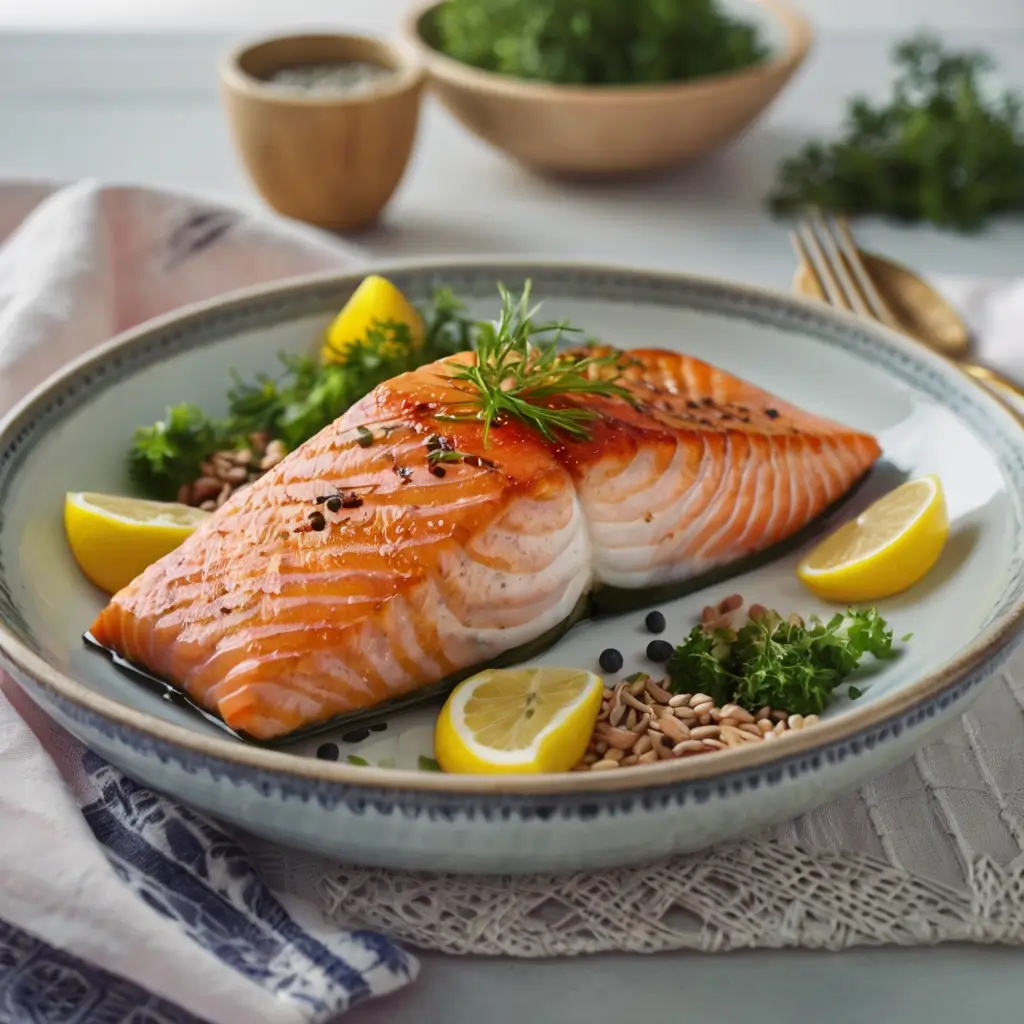
Healthier Alternatives for the Recipe
To enhance the nutritional profile of your salmon dishes, consider these healthier swaps:
- Use whole-grain breadcrumbs or almond flour instead of regular breadcrumbs for a boost of fiber and minerals.
- Substitute olive oil or avocado oil for butter or other saturated fats.
- Serve the salmon with roasted vegetables, quinoa, or a fresh salad instead of heavy starches.
- Top the salmon with a tangy yogurt-based sauce or salsa instead of creamy dressings.
Serving Suggestions
These salmon recipes are versatile and can be served in a variety of ways:
- Pair the baked or grilled salmon with a vibrant salad and a side of roasted sweet potatoes for a complete and balanced meal.
- Flake the salmon and mix it into a quinoa or farro salad, adding diced vegetables and a light vinaigrette.
- Serve the salmon over a bed of steamed broccoli or sautéed spinach for a nutrient-dense dinner.
- Use the salmon in wraps or tacos, topped with fresh herbs, avocado, and a squeeze of lime.
Common Mistakes to Avoid
To ensure your salmon recipes turn out perfectly, steer clear of these common pitfalls:
- Overcooking the salmon, which can result in a dry, tough texture.
- Using frozen salmon that hasn’t been properly thawed, leading to uneven cooking.
- Failing to pat the salmon dry before seasoning, which can prevent the spices from adhering properly.
- Skipping the rest period after baking or grilling, as this allows the salmon to finish cooking and the flavors to meld.
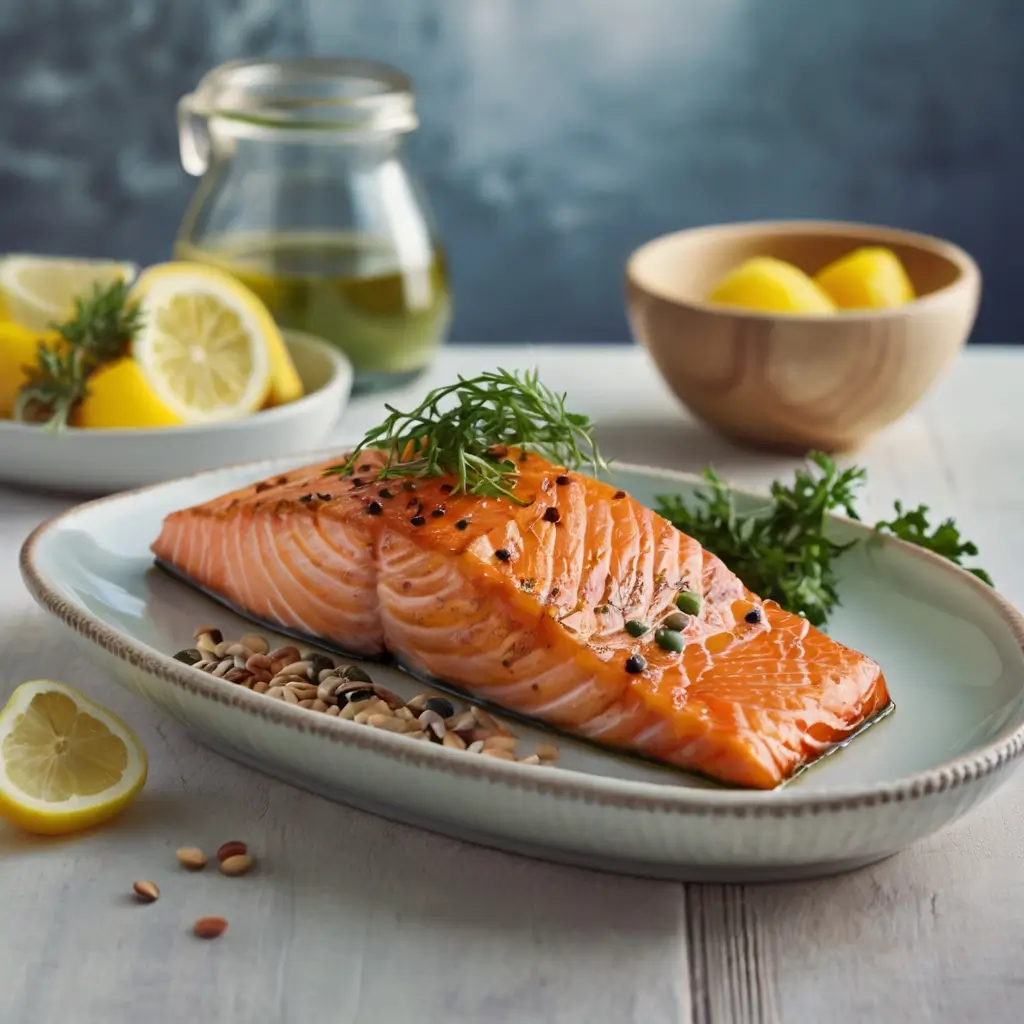
Storing Tips for the Recipe
Leftover salmon can be stored in an airtight container in the refrigerator for up to 3 days. For longer-term storage, you can freeze cooked salmon for up to 3 months. When ready to serve, simply thaw the salmon in the refrigerator overnight and reheat gently in the oven or on the stovetop.
Conclusion
Incorporating salmon into your diet is a simple and delicious way to support your weight loss goals. By trying these seven healthy salmon recipes , you can enjoy satisfying meals that are packed with protein, omega-3s, and essential nutrients. Whether you prefer baked, grilled, or pan-seared salmon, these versatile dishes offer endless possibilities to make salmon a regular part of your weight loss journey. So why not give these recipes a try and see how salmon can help you achieve your healthiest self?
FAQs
Q: Is salmon really that effective for weight loss?
A: Yes, research has shown that salmon can be a powerful tool for weight loss. The protein, omega-3s, and other nutrients in salmon can help boost metabolism, reduce inflammation, and keep you feeling full and satisfied.
Q: Can I substitute canned salmon for fresh salmon in these recipes?
A: Absolutely! Canned salmon is a convenient and budget-friendly option that can be used in place of fresh salmon in most recipes. Just be sure to drain and flake the canned salmon before incorporating it into your dish.
Q: How can I make these salmon recipes even healthier?
A: To further enhance the nutritional profile of your salmon dishes, you can try swapping in whole grains, increasing the vegetable content, and using healthy fats like olive oil or avocado oil. You can also experiment with different herbs, spices, and low-calorie condiments to add flavor without extra calories.
Q: Can I prepare these salmon recipes in advance?
A: Yes, many of these salmon dishes can be prepped ahead of time. You can season the salmon and store it in the refrigerator until ready to bake or grill. You can also prepare the side dishes in advance and simply reheat them when it’s time to serve the meal.
Your Feedback Helps Us Grow!
There are no reviews yet. Be the first one to write one.
